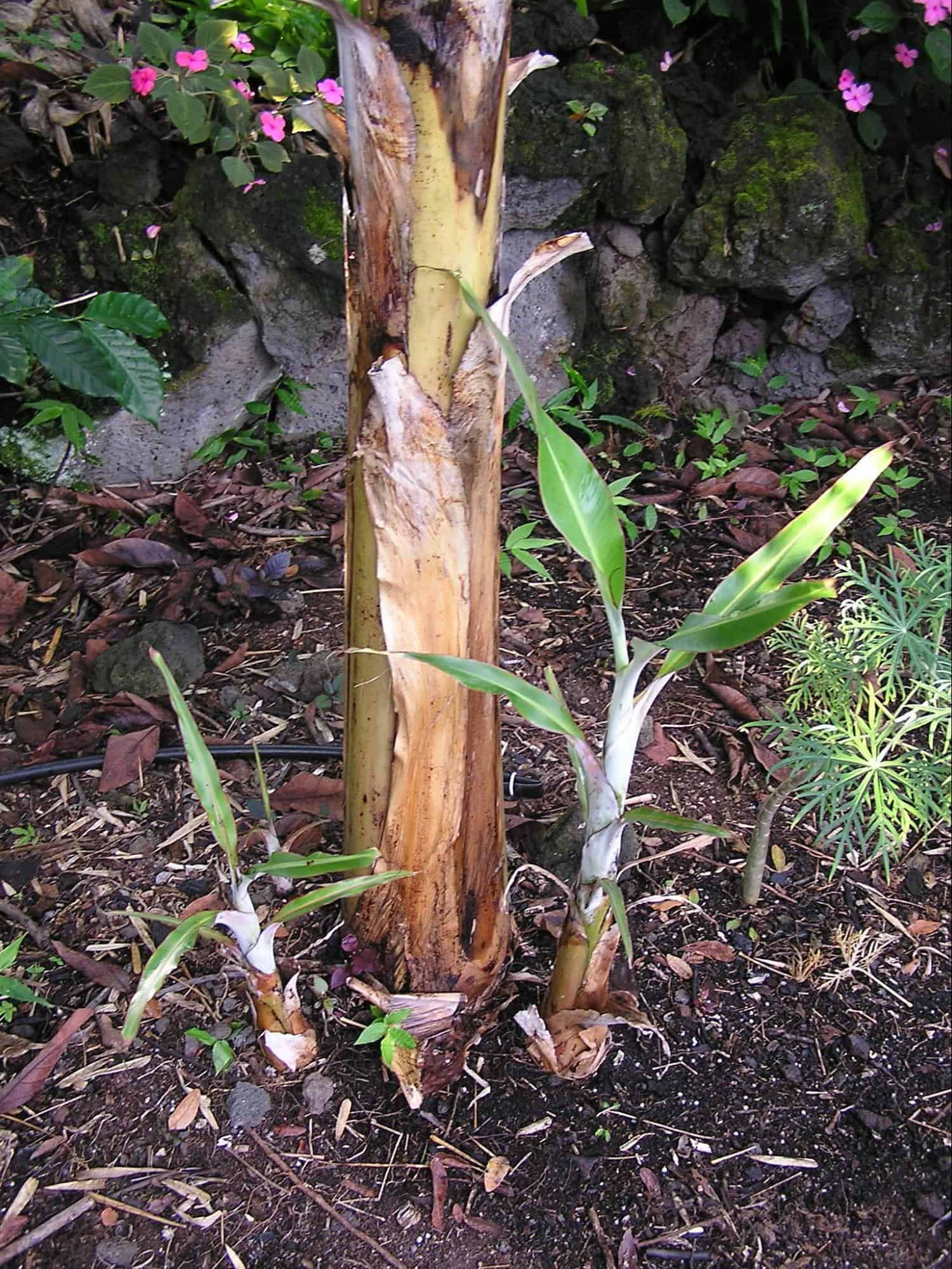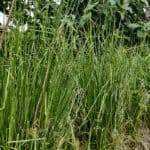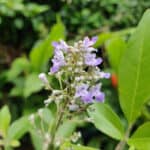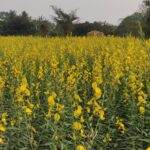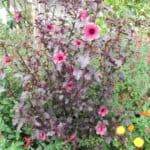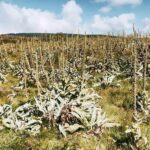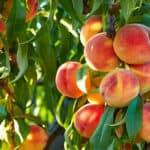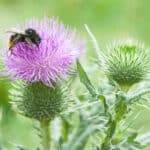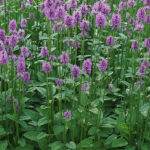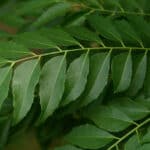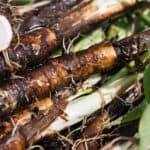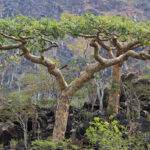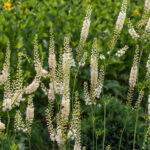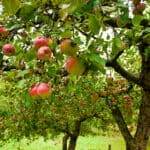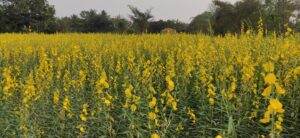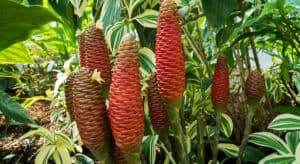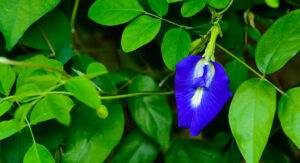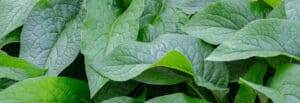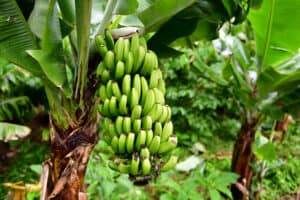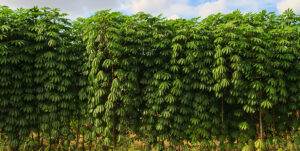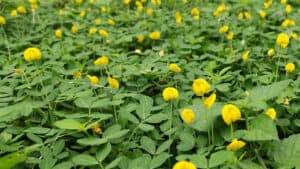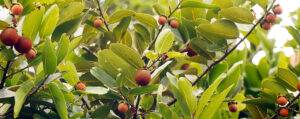More Than A Fruit: Bananas
There is almost no plant more valuable to a tropical permaculture system than the many wonderful varieties of Banana. They are not just a delicious fruit that can grow in plentiful abundance, but they are a serious source of biomass. Under the right conditions they are also extremely hardy and provide young pups for propagating at your hearts delight. Bananas are the queens of tropical permaculture, and easily a favorite and important crop for anyone working land in these climates.
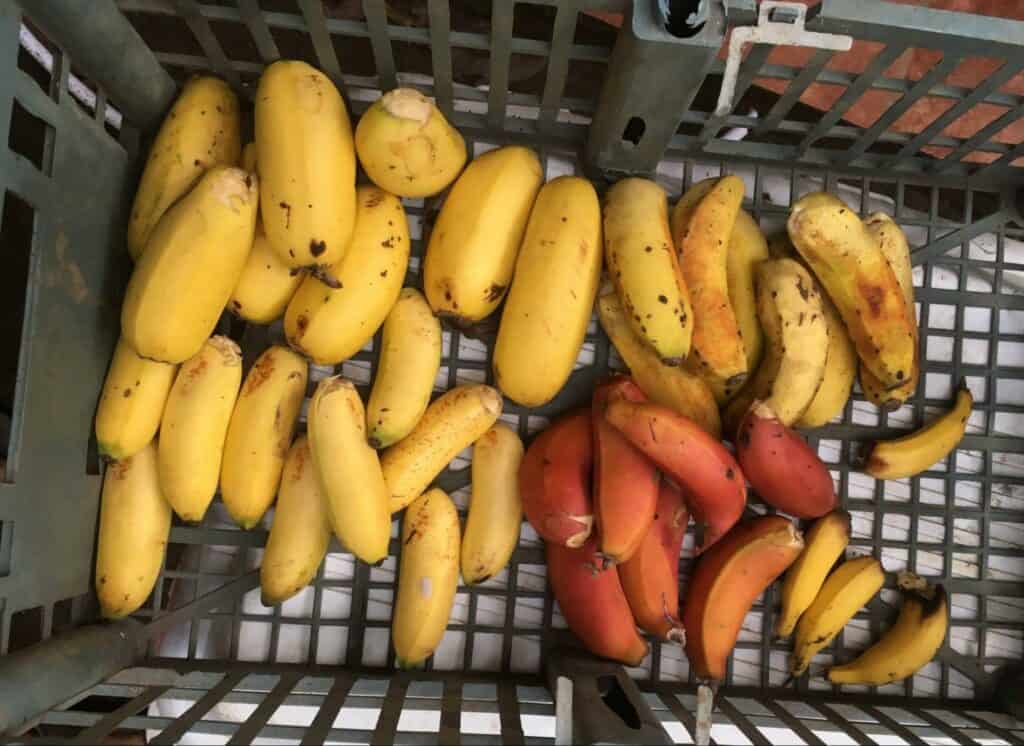
Outside of tropical climates, there is little excitement in the world of Bananas. No matter the diversity of products you find in the mega-size supermarkets of the modern world, there is only one Banana you find on the shelves. This is the “classic” yellow Banana, more specifically known as the Cavendish Banana. While the Cavendish Banana is a perfectly fine and tasty fruit, it is only one of the countless varieties that exist in cultivation.
The Cavendish variety wasn’t even chosen for mass production because it’s a particularly delicious Banana, but because it’s a good candidate for the global market. It stores and transports well but is also highly resistant to diseases that thrive in the chemical-laden monocultures where Bananas are grown. In fact, before the Cavendish banana was distributed around the world, a different and arguably more delicious Banana known as the “Gros Michele” was chosen for the global market. The Cavendish only became more popular in the 1950s after Fusarium oxysporum, aka Panama disease, made the cultivation of Gros Michele unviable for the global market.
Regardless of being resistant to Panama disease, industrial Bananas are one of the most contaminating crops on the planet. They require large quantities of fertilizers, pesticides, and human labor, which is often exploitative. Not to mention there is a lot of dark history with Chiquita and industrialized Banana production, which merits boycotting from anyone practicing permaculture mentality.
Anyhow, outside of the monothematic world of Cavendish Bananas, there are countless colors, flavors, and textures of Bananas. There are more than an estimated 1200 varieties of Bananas in cultivation around the world. There’s the tiny and sweet Date Bananas, the delicious once frozen Ice Cream Bananas, the arm sized “Kong” plantains, the humorous buddha’s hands, Red Cubans, Blue Javas, Lady’s Fingers and so many more. While most varieties do best in the lowland wet tropics, many varieties are adapted to subtropics and cooler tropical montane climates. Some varieties can grow in temperate climates but generally just as ornamentals.
Growing Bananas
Basic Biology Of Bananas
Bananas are perennial plants that grow in clumps called a “mat”. They are technically considered herbs since they have no woody tissues. Each mat is composed of the underground rhizome from which various shoots arise. The bulbous base of the stalk is called a corm and is what is used for propagation. The shoots are composed of the stem (technically a pseudostem) and the large broad leaves which Bananas are known for. While in language it’s easy to call each leafy shoot an individual plant, the genetic individual is actually composed of various shoots and the large perennial mat that can be meters across.
Suckers are the young shoots that arise from the mat. There are two types of suckers;
- Sword Suckers have narrow leaves and typically a large rhizome. These are the suckers that will eventually grow into larger fruit-bearing shoots.
- Water Suckers have large broad leaves and a small rhizome. These never get large and do not produce fruit. These are most often removed in the conventional management of a Banana mat.
Sword suckers eventually turn into medium to large leafy shoots that will produce the inflorescence, often just called the “flower”. The latter term is technically incorrect because it is actually a conglomerate of flowers, each of which will turn into an individual fruit. This inflorescence eventually becomes a large bunch or rack of bananas. This bunch is composed of “hands” which is the cluster of banana fruits you often find in a grocery store.

Things To Consider
- Banana plants are juicy and full of a watery sap that stains your hands and clothes a light brown color. When working with bananas, wear clothes you don’t care about!
- Disinfection of your tools and boots can be important to prevent the spread of diseases. This is an important process to do before and in between working with different Banana plants, especially if you have known diseases in your property or region.
- Bananas are not an uncommon habitat for poisonous snakes like vipers. Always check leaves and stems before getting up close and personal with the plants.
- Dwarf Bananas are a good choice for many people because their small size makes them easier to manage. They are easy to harvest and they are less likely to be broken in the case of strong winds.
Climate Preferences
- Bananas optimal growth conditions are hot and wet climates, such as the conditions of lowland tropics.
- They prefer climates that don’t drop below 55F (13C) as this is when they’re growth significantly slows down. Any colder than this and Bananas will begin exhibiting damage and becoming susceptible to stress related diseases.
- At temperatures above 110F (45C) Bananas will also begin experiencing heat related damages.
- Bananas prefer consistent moisture, at least 3-4 inches throughout the week. There are drought tolerant Bananas that do well in the dry tropics although their growth slows down significantly during the dry season.
Propagation
Bananas are propagated through the division of rhizomes from young sword suckers. Alternatively you can do a similar process with larger full grown plants.
- Start by finding a vigorous patch of Bananas that is free of any visible diseases or pests.
- Find a young sword sucker between 50cm and 100 cm in height, preferably with a large visible bulb-like corm at the bottom.
- Cut the top of the stem off above the 4-5 cm above the corm. This material is unnecessary.
- Grab a disinfected shovel, preferably a sharp deep spade suitable for removing as much of the corm as possible.
- Insert the spade roughly perpendicular to the plant stem from one side and gently loosen the corm.
- Repeat this from all four sides until the corm easily plops out from the ground.
- Now that you have removed the corm, it’s time to clean it. This helps reduce the risk of rot and other diseases.
- Remove all dried, dead, and papery material. This can be done mostly by hand or with a sharp machete.
- With your sharp machete, generously cut off the outer skin of the bulb to remove any roots. Don’t be afraid to cut off the outer layer.
- If you notice excessive rot or brown spots, you may want to try again with a different sucker. If it is just a little, you can remove these spots with a machete.
- Cauterize the corm by leaving it out in the sun for 6-12 hours. This helps make the outer skin a bit tougher and resistant to pests.
- You can now plant this corm in your new site. Space new plants about 3-5 feet apart minimum to give plants enough room to grow. Ideally, dig a hole slightly bigger than your rhizome and place it inside. If you want quicker and more vigorous growth, you can amend the hole with 1-2 bucket loads of compost.
Planting a Banana Circle
Some permaculture designs incorporate “Banana Circles”.
- These are essentially large circular pits about 6 ft (2m) wide and 2 ft (66 cm) deep. Soil is mounded about 1 ft (33 cm) tall around the pit and planted with corms. Exact dimensions can vary depending on your site.
- Leave 3-4 openings at ground level around the circle for access and to allow water to drain into the circle.
- The center pit then acts as a recipient for any organic matter and naturally decomposes inside. It’s not a traditional compost as you will not be flipping or removing it. The idea is to throw away any unwanted organic matter, such as weeds that cannot be composted, and continually smother them with more and more material. Banana roots will grow into this organic matter and thrive with the rich decomposing material.
- Banana circles may not be a great idea in areas with bad drainage or with low water tables. Puddling can result in anoxic decomposition, mosquitos, and other issues.


Maintenance
Bananas will grow fine and produce fruit with no maintenance, but proper care can help improve the health and harvests from your plants. This maintenance typically just consists of cleaning your patch and removing excess suckers.
- Cut off any dead and yellowing leaves. Do this with a sharp machete or cutting tool but do not attempt to pull them off by hand. This can damage the plants.
- Remove any water suckers. These do not contribute much benefits to the plant.
- Remove excessive shoots. Too many plants from one mat can result in smaller and lower quality bunches of fruit. It is commonly said you want 3-4 generations of plants per clump at a time. This means;
- One large sized plant that is flowering or bearing fruit.
- One medium sized plant.
- One young sword sucker.
- In mature established clumps you can leave an extra intermediate plant to allow for quick succession between fruitings.
- Remove weeds and excessive materials including old rotting trunks and other vegetation. This can be macheted up and placed around the clump, but try to keep the mat itself free of excessive decomposing materials.
- You will often have to add a support to plants as the bunch of bananas grows and becomes heavy. You know it is time to do this once the plant begins leaning in the direction of the bunch. Supports can be done with bamboo or any Y shapes branch at your disposal. It is good to keep support stakes on hand if you have a lot of production.
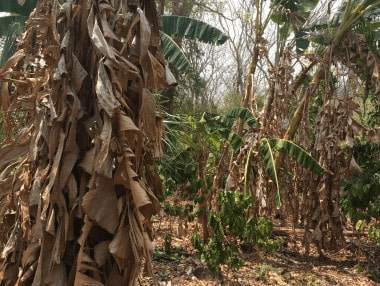

Before (left) and after (right) of removing leaves from a patch of banana.
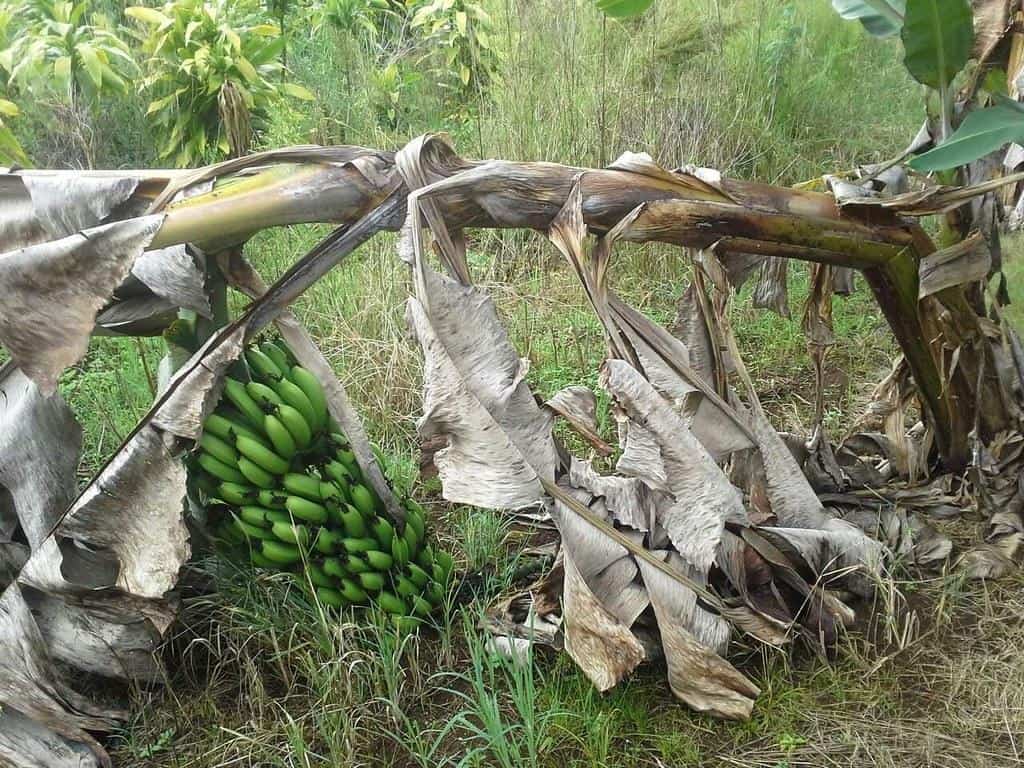
Pests and Disease
Bananas are affected by a wide range of different pests and diseases. While these don’t typically cause catastrophic losses outside of large commercial plantations, they are something to be considerate of if they’re present in your region.
Pests and diseases are usually identified by;
- Sick and unhealthy foliage.
- Discoloration within stems and rhizomes of plants.
- Sudden wilting and death of plants.
Less serious issues can often be treated by properly managing your plants (cleaning, removing organic matter, removing pups, adding compost, ect.) but serious pests/diseases are difficult to treat. In many cases, it is best to eliminate these plants entirely by digging up all viable rhizomes from plants to avoid spreading. Take sanitary precautions to dispose of biomass far from healthy plants and not incorporate it into your composts.
Below is some imagery of diseased plants to help you in the identification of common diseases.
Fusarium oxysporum “Panama Disease.”

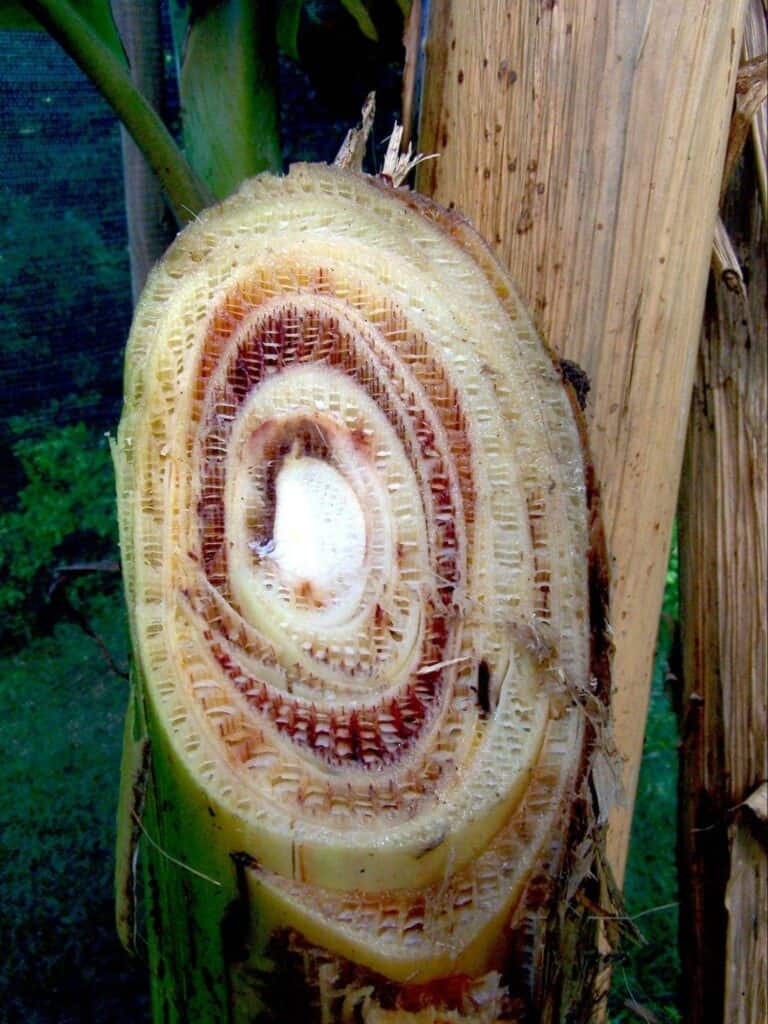
Fusarium oxysporum also known as Fusarium wilt or Panama Disease. This is recognized by browning within the stem and sudden drying of foliage in plants. This is considered one of the most serious diseases and removal of these plants is recommended. Consider planting varieties resistant to this disease as if you have infected plants this disease may be systemic within your region.
Cosmopolites sordidus “Banana Corm Weevil”
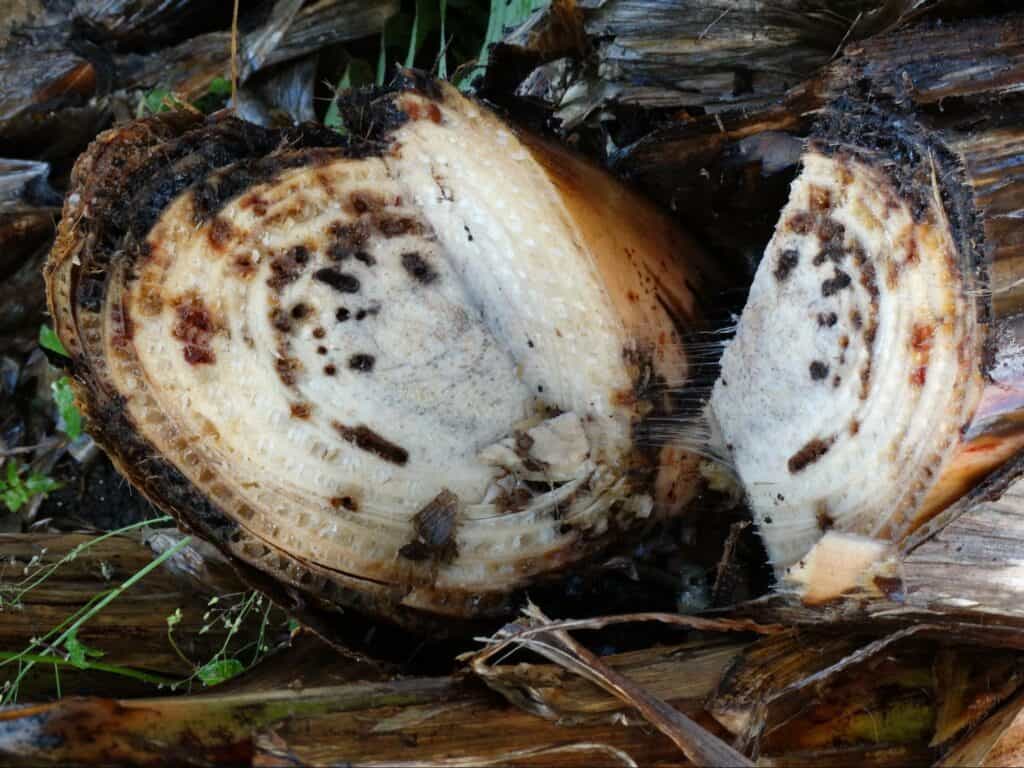
Banana Freckle

Banana End Rot and Crown Rot


These are two separate diseases that cause rotting on fruit. Banana End Rot (left) affects individual fingers and is not typically severe. When spotted on bunches these fingers can be removed to reduce spread of disease and promote healthier growth on the bunch. Banana Crown Rot (right) affects entire hands and is identified by discoloration on the crown. Crown rot usually occurs post-harvest. While these diseases affect the appearance and commercial viability of fruit, they are still considered edible. Proper management of plants will help reduce the abundance of these diseases.
Cucumber Mosaic Virus

Harvesting
A large bunch of Bananas is a lot of fruit that can slowly ripen over the course of 1-2 weeks. Harvesting the bunch is pretty straightforward forward, but there are some things to consider before you go and harvest a bunch for the first time.
- There is a fine line of when a green bunch of Bananas is ready for harvest. If you harvest too soon then they may never ripen, and while they may be good for consuming as a starchy cooked vegetable, they will never get soft and sweet. You know they are ready to harvest when they go from a dark green to a lighter green color. Once you see any yellowing you can go ahead and harvest the rack. If you are unsure, ask a local expert.
- Oftentimes with taller plants harvesting can be a bit difficult. You can easily lower the bunch by giving a gentle cut to the back of the stem away from where the banana is leaning. This will cause the stem to partially break, slowly lowering the bunch to an easier height for harvesting.
- Once harvested the bunch can be broken up into hands or left hanging intact. Ripening can be sped up by leaving bananas in an airtight plastic bag. If left hanging on a bunch upside down then bananas will ripen little by little from the bottom hands up.
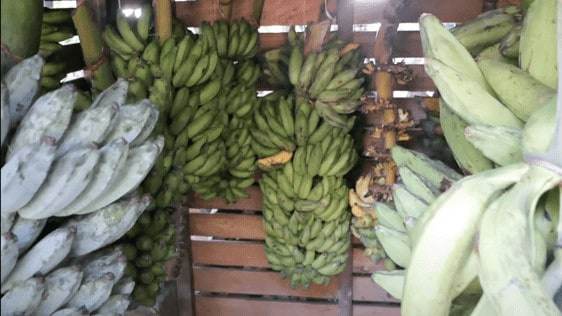
Uses Of Bananas
It’s not rocket science to eat a banana, but there are many other ways to consume the fruit and use the plant.
- Green bananas can be eaten as a cooked starchy vegetable. While this is most commonly done with green plantains, it can be done with any type of Banana.
- Banana flowers can also be eaten as a vegetable. I won’t go into great detail about how to prepare them here but there are countless recipes online.
- In some parts of Asia the pitchy central core at the top of the stem is also eaten.
- If you have productive banana plants, you will have an abundance of fruit.
- The best way to preserve bananas is with a dehydrator, either electric or solar. Slice thinly and dehydrate away!
- Alternatively, another traditional use for preserving Bananas is making vinegar. This is not only delicious, but considered a medicinal tonic in many traditional cultures.
- You can also get creative and make fermented drinks, dried green banana flour, or other curious inventions.
- If you don’t have time for this, give them to friends and family. If nothing else, place them near your living quarters to attract birds and other interesting wildlife.
- In parts of southeast Asia, parts of the banana plant are readily used for materials.
- Leaves can be briefly heated over coals or a fire to make a flexible material useful for wrapping food items.
- Stems are transformed into fibers that can then be turned into ropes or fabric.
- Banana trunks and leaves make excellent biomass. It can be chopped and dropped directly into gardens or finely chopped and added as a mulch. It is rich in potassium and holds decent nutrients.
- Bananas are thirsty plants and great candidates for receiving gray water. Make sure that your soils have adequate drainage to avoid water-logging soils.
Paddy Straw Mushroom “Volvariella volvacea”
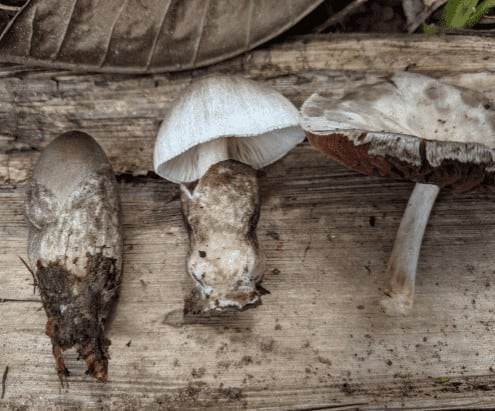
- Bananas are great to incorporate into various polycultures and make great companion plants. They can provide ample shade for shade-loving crops, not to mention great biomass!
Final Thoughts On Bananas
There are countless ways to manage, plant, and utilize banana plants around the world. They are a staple of almost all tropical climates and have a deep tie to cultures. This guide only outlines one perspective on the management of bananas, and while it a lot of this information will coincide with the expertise of other horticulturists, some of it may not. Always consider asking local experts about management strategies they use in your specific region. Regardless, bananas are a hardy crop, and as long as you give them a bit of care and attention, they will produce some delicious fruits for you to enjoy!
